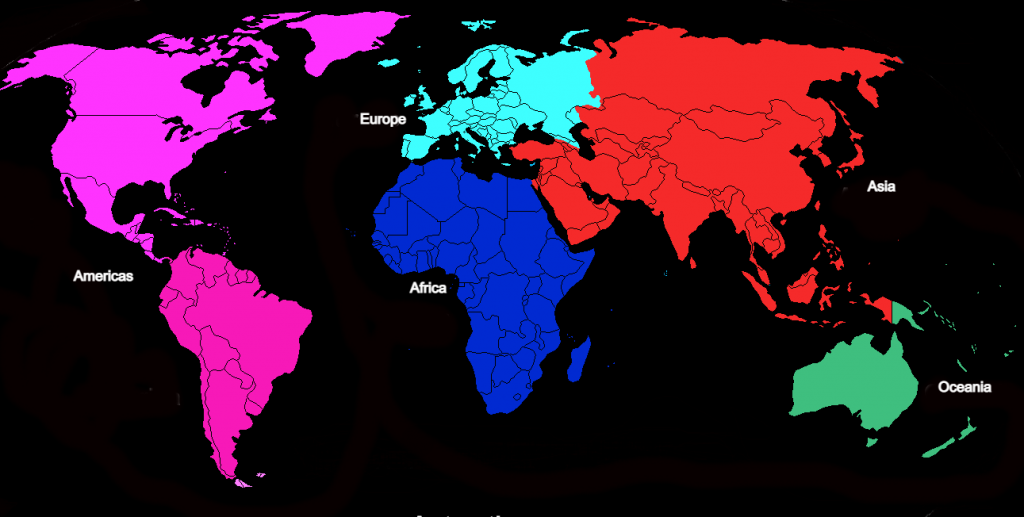The Geo Model, also known as the “Geographical Map Model,” is a linguistic theory that posits geographic factors may cause different features of language in various geographic conditions and environments. The Geo Model carefully examines languages worldwide to identify relevant features specific to certain languages with geographic attributes. It encompasses human habitation and migration near mountains, rivers, and oceans.
The Geo Model presents language changes in different regions, continents, and climates across the world. It compares ancient geographical maps with current language maps, illustrating the evolution of languages on Earth. One notable aspect of the Geo Model is that all languages have evolved geographically, especially around the Himalayan mountain regions, which hinder human migration and the spread of languages. Due to barriers like the Himalayas and other factors, the Geo Model categorizes world languages into two major branches: “East Himalayas languages” and “West Himalayas languages,” and functionally as “phonetic languages” and “ideographic languages” (details in the Himalayas Theory).
Although natural geographical influences and factors have historically diminished, the current language map based on geographic factors is evident in the Geo Model. The Geo Model of languages could change in the future due to global language shifts objectively. These language patterns can be observed from outer space, making it a global language representation.

